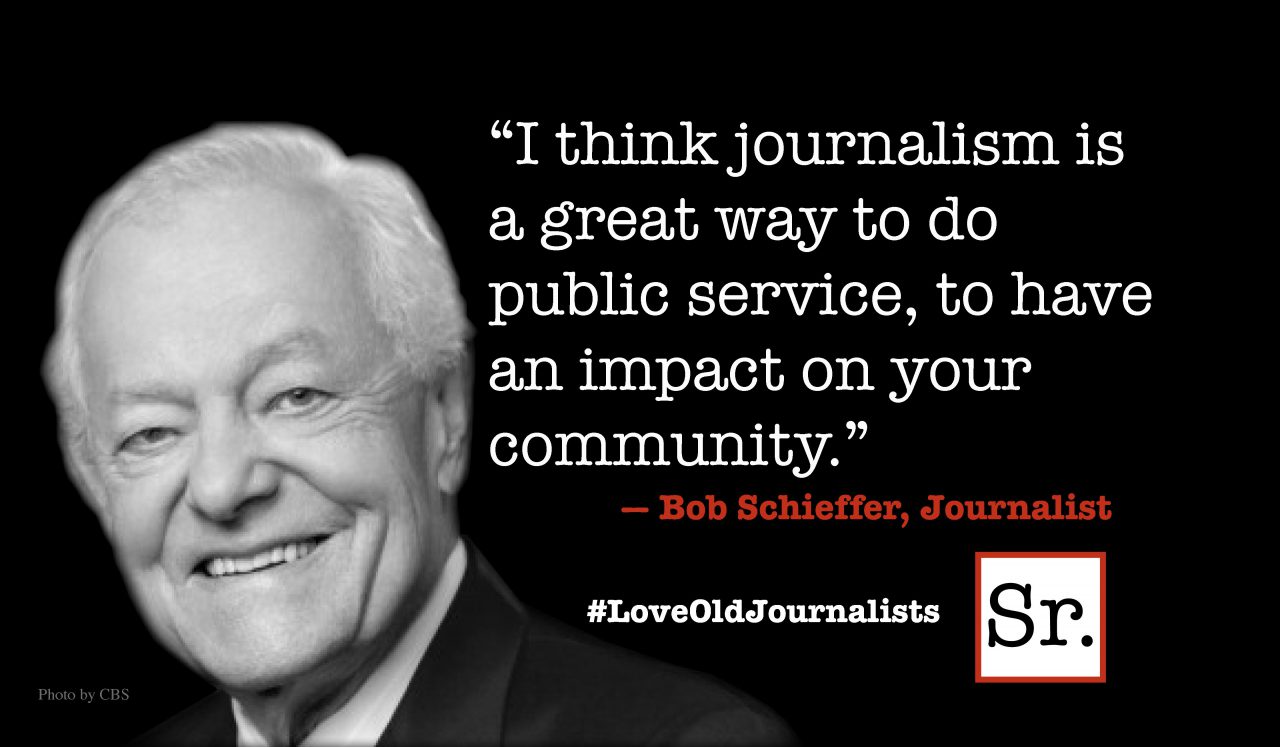Q. I heard that marijuana helps glaucoma. I’d like to try it, but won’t I get in trouble?
Marijuana can help your glaucoma and it could definitely get you in trouble because it’s illegal.
Marijuana refers to the parts of the Cannabis sativa plant, which has been used for medicinal purposes for more than 4,800 years. Doctors in ancient China, Greece and Persia used it as a pain reliever and for gastrointestinal disorders and insomnia.
Cannabis as a medicine was common throughout most of the world in the 1800s. It was used as the primary pain reliever until the invention of aspirin. The United States, in effect, made prescriptions for Cannabis illegal through the Marijuana Tax Act of 1937. The only opponent to the legislation was the representative of the American Medical Association.
Marijuana contains at least 60 chemicals called cannabinoids. THC is the main component responsible for marijuana's mind-altering effect. Marinol (dronabinol), a prescription drug taken by oral capsule, is a man-made version of THC.
One of THC's medical uses is for the treatment of nausea. It can improve mild to moderate nausea caused by cancer chemotherapy and help reduce nausea and weight loss in people with AIDS.
Older people, especially those with no marijuana experience, may not tolerate THC’s mind-altering side effects as well as young people. Doctors generally prescribe several kinds of newer anti-nausea drugs with fewer side effects before resorting to Marinol.
Glaucoma increases pressure in the eyeball, which can lead to vision loss. Smoking marijuana reduces pressure in the eyes.Your doctor can prescribe other medications to treat glaucoma, but these can lose their effectiveness over time.
Researchers are trying to develop new medications based on cannabis to treat pain. THC may work as well in treating cancer pain as codeine. A recent study found that cannabinoids significantly reduced pain in people with multiple sclerosis, a disease of the nervous system.
Though some doctors and patients suggest marijuana has a legitimate use, the federal government disagrees. The law classifies marijuana as one of the “most dangerous drugs that have no recognized medical use.” The penalties
for possession of marijuana can range from a small fine to a prison sentence.
Along with the legal implications of smoking marijuana are the health problems such as memory impairment, loss of coordination and the potential for withdrawal symptoms and hallucinations. And, inhaling marijuana smoke exposes you to substances that may cause cancer.
One study has indicated that the risk of heart attack more than quadruples in the first hour after smoking marijuana. The researchers suggest that a heart attack might be caused by marijuana’s effects on blood pressure, heart rate and the capacity of blood to carry oxygen.
Most polls show that about three out of four people approve of medical marijuana. This has led to the introduction of bills in Congress which would eliminate federal controls in states which approve medical marijuana. None of these bills has been voted into law.
Marijuana is now available by prescription in many states. However, federal agencies control the power to prescribe.
If you have a question, please write to fred@healthygeezer.com








